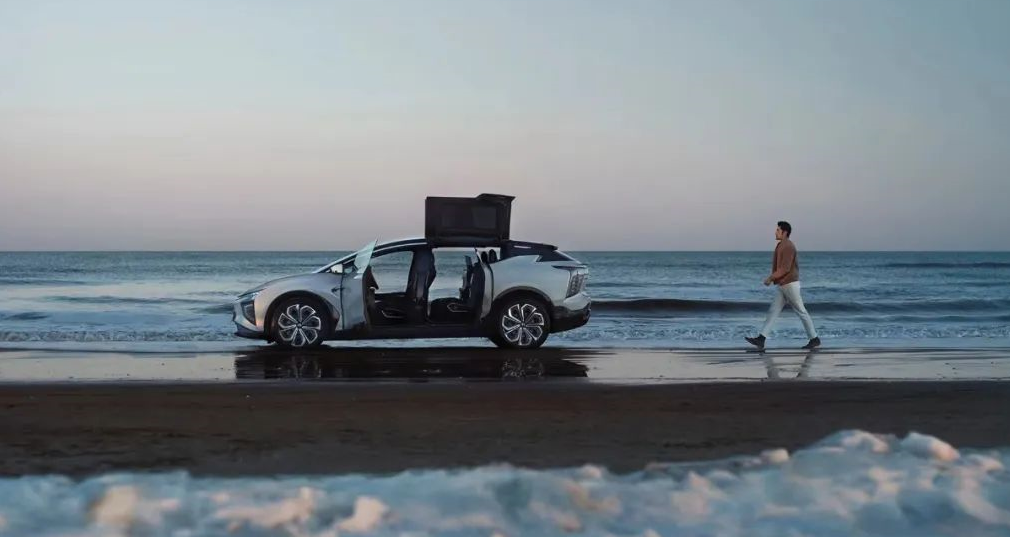文 | Joey
HiPhi is a surprisingly unsurprising brand.
It is surprising that this new electric vehicle brand which entered the high-end luxury electric vehicle market from scratch has survived and managed to thrive in the competition against “big boys” like Porsche and Mercedes-Benz. However, it is not surprising that this brand which has always had a high-end attribute and high-tech content like Tesla, can attract a large number of consumers who are eager to explore and try new things.
This speculation does not need to be proven because the sales figures demonstrate it concretely. In the high-end pure electric vehicle market above 500,000 yuan in February, HiPhi occupies one-third of the overall sales, which means that one out of every three cars sold is a HiPhi X. From a developmental perspective, it is gradually catching up with the market position of traditional luxury brands.
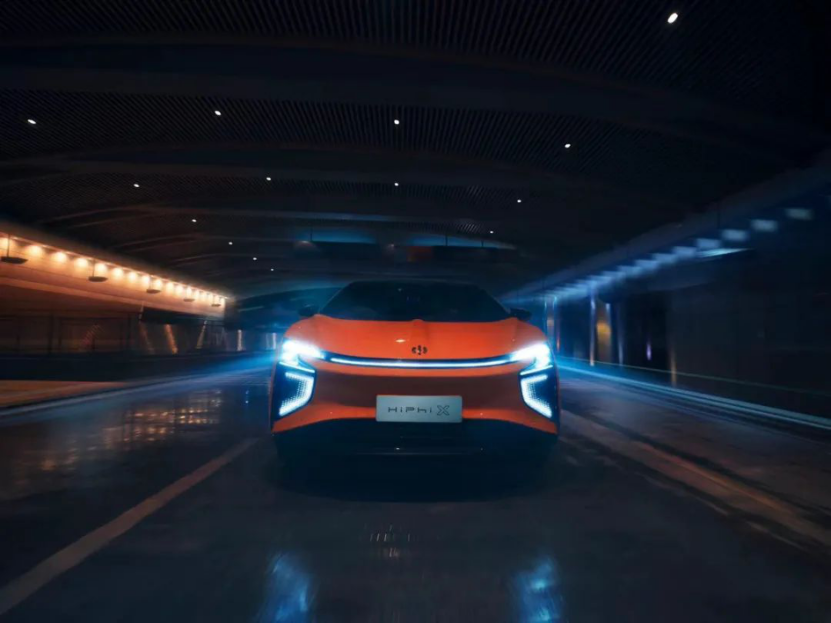
This real sales performance has largely shattered traditional beliefs about HiPhi and whether brands that set higher goals and dared to compete could survive and develop positively, and it is also quite different from the traditional understanding of Chinese automotive brands.
This may be inseparable from the development process of the Chinese automotive industry. In the past, when Chinese automotive companies wanted to take the luxurious route, break through class barriers, and make products that were close to established luxury brands, they would generally target the products of joint venture automakers, breaking through the second-tier luxury brand before trying to ride on the entry-level products of the first-tier luxury brands like BBA, layer by layer, hoping to give themselves a good reputation.
However, HiPhi’s ambition and courage are evidently higher. They said they wanted to make top-of-the-line luxury pure electric vehicles from the beginning, and placed their pricing within the 500,000 to 800,000 yuan price range. More importantly, HiPhi has executed its plan without any ambiguity.
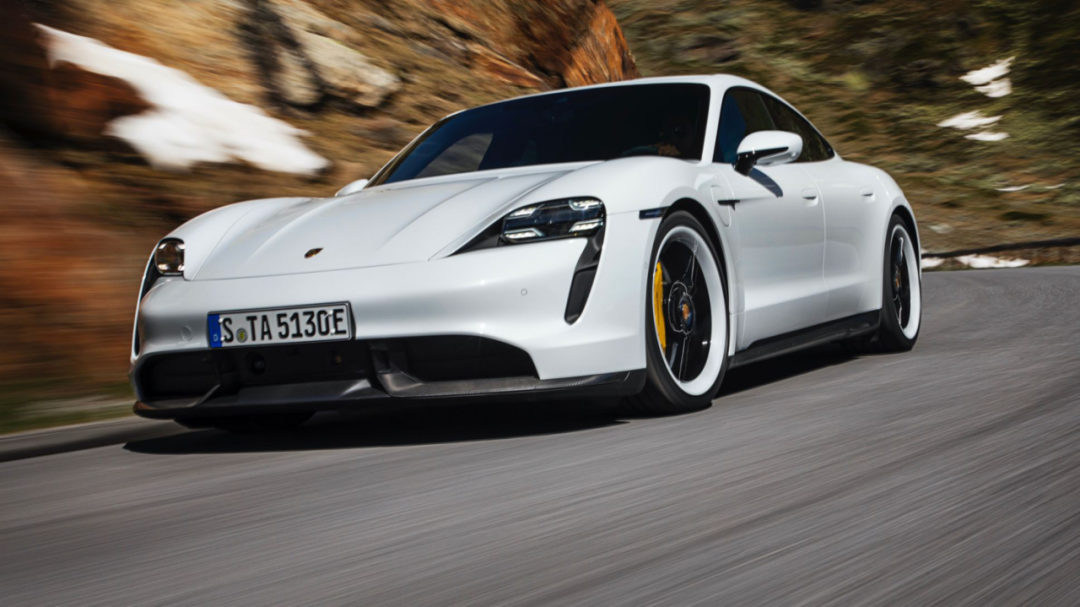
It is clear that HiPhi has never targeted specific brands to beat, nor has it targeted high-end electric vehicles from BBA. Despite brands like Tesla’s Model S and X, Mercedes-Benz’s EQC, and Porsche’s Taycan being considered high-end and luxurious brands and products around the world, HiPhi X has beaten them all in the Chinese market.If you simply attribute the reason to GAC’s higher target (aiming for higher goals), daring to participate in the competition in the top pure electric vehicle market, it is obviously not comprehensive. After all, the manufacturing ability and technical strength of these giants are beyond doubt. Therefore, you can take a different perspective and find more reasons from GAC’s product strength.
That is what Ding Lei said: GAC – Likes to Create.
More Than One Luxury Standard
Liking to create is not just about creating a higher-tech electric car. Luxury is essential. After all, GAC’s cars are already being sold at this price point, and the “Sky-high Grass House” of Tesla’s early days is no longer acceptable to today’s consumers. That is also the reason why Mercedes-Benz keeps launching its EQ series electric car models.
After all, for any ordinary consumer, the luxury image that Mercedes-Benz has carefully crafted for more than a hundred years has long been deeply inculcated in their minds. Spacious interiors, high-end leather and wood finishes, fine workmanship, and even the dazzling interior ambient lighting, which has now become a new brand label, can all become reasons for people to buy a Mercedes-Benz.
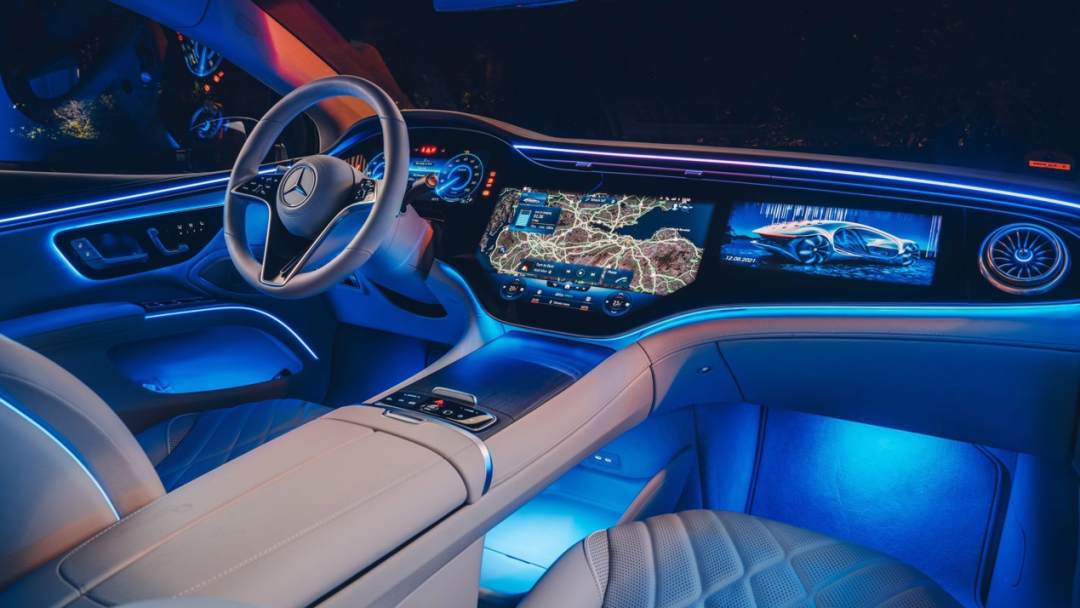
Mercedes’ EQ series, especially the EQC and EQS, continue to maintain the brand’s luxurious high-end image in the era of electric vehicles, which will continue to be loved and purchased by consumers.
This is the classic expression of luxury and also the interpretation of luxury in cars by more people, including myself. But even better news is that changes in the times bring more possibilities.
The market and consumers have never rejected offering new understanding on commonly accepted things. The same applies to luxury. When GAC’s products had not yet entered the market, they raised their interpretation of luxury – technological luxury. And based on this interpretation, they have made many attempts.
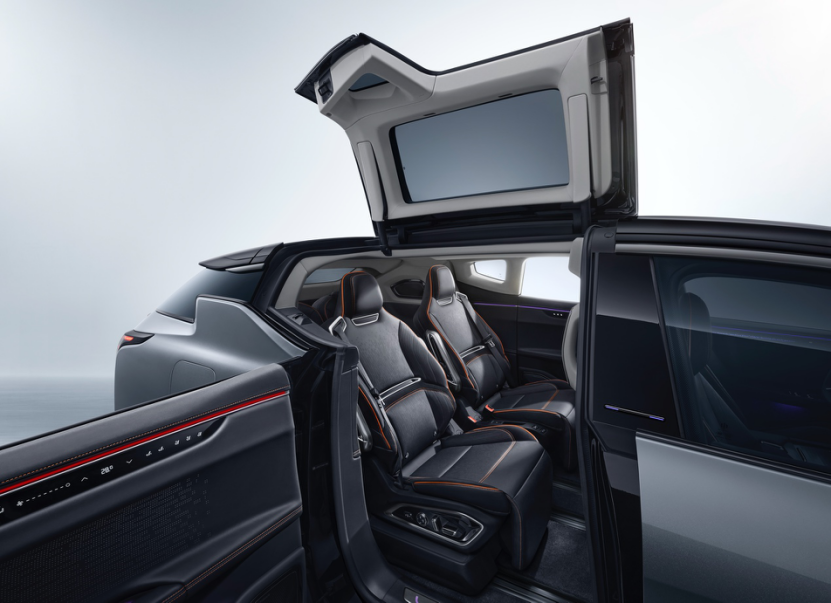
For example, the “Six-door” form of the widely accepted wing door + opposing door, the PML+ISD headlight group that may become the form of the next generation car light performance and can convey information and project onto the ground, and the LUXSENSE™ organic silicon leather material synthesized through more advanced chemical technology. All of these embody GAC’s detailed understanding of “technological luxury.”
In my opinion, Mercedes’ classic luxury is luxury, and technological luxury from GAC is also luxury. That is because if you look at it closely, classic luxury was also the culmination of cutting-edge technology at the time of its inception. It was only through the refinement and accumulation of time that it became a classic.Technology is the classic past, and classic is the future of technology, the two are integrated and inseparable.
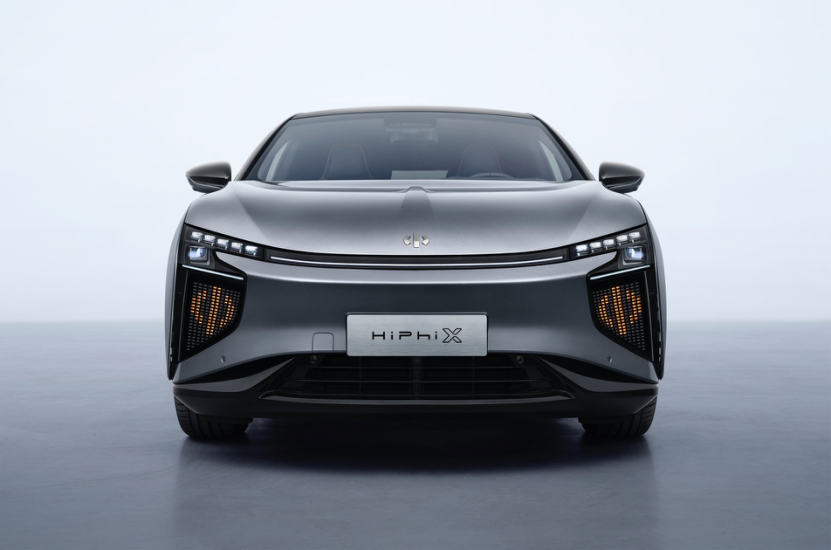
Undoubtedly, more and more people who hold the same views as me are emerging. This is evident from the delivery of more than 5,000 units (with an average transaction price of about 700,000 yuan) from Gaokin since its establishment, and the fact that it was once again the top seller of luxury pure electric vehicles with prices above 500,000 yuan in February.
After all, the support and recognition of users are important forces that sustain a new brand to become a century-old brand. However, users’ attention is not only focused on technology or luxury, but more importantly, they hope that in addition to being able to produce products with higher technology content and better quality, brands can truly understand them and pay attention to the needs of each and every one of them.
Scene is the ultimate meaning of configuration
Defining a car by scene is basically the consensus of all car manufacturers in this era.
The times have changed, and competitors are as numerous as fish in the river. If the products produced by oneself cannot meet the car buyers’ usage scenarios, they are basically unable to survive in this era. Therefore, how to quickly implement users’ needs into products, and drive product iteration, tests a brand’s creation ability.
The same is true for Gaokin, which is a completely new car brand. If the first-generation products applied the most advanced technology while being full of creators’ good imagination and guesswork about future users’ usage scenarios, then the second-generation updated product undoubtedly needs to make adjustments to correct the initial guesses and better meet more users’ concerns and needs in traveling scenarios.
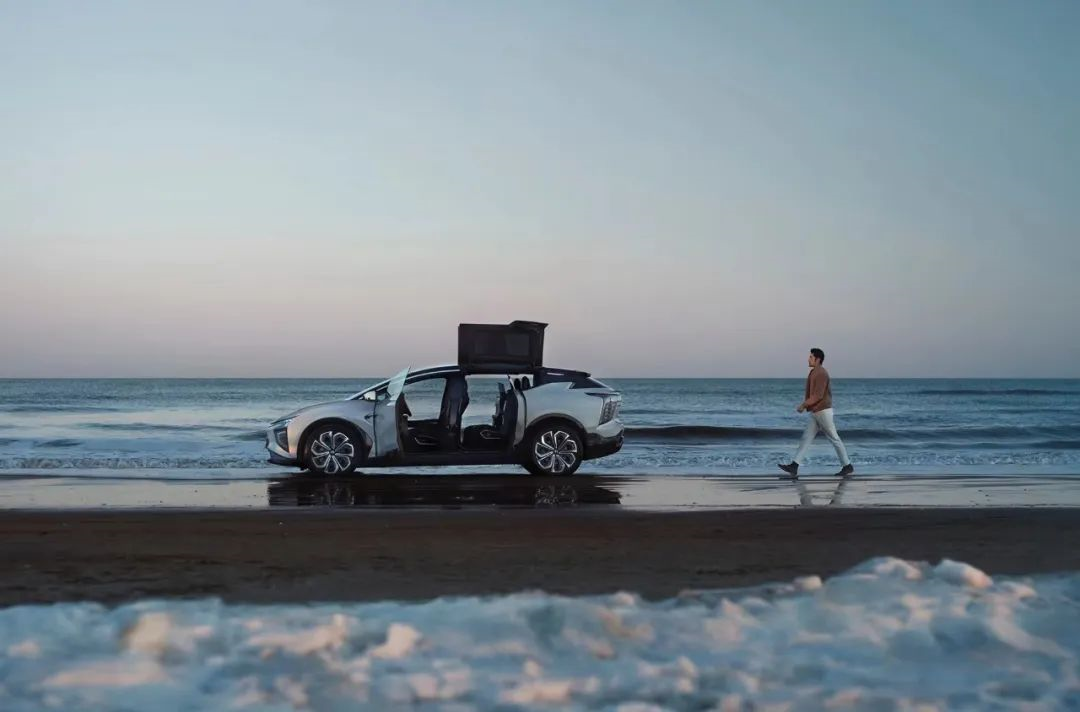
Not long ago, Gaokin launched the updated products of its flagship product HiPhi X.
This new model actually basically continues the overall design of the HiPhi X of the past, but focuses on adjusting several key points. For example, it launched a long-range version (the CLTC working condition has a maximum range of 650km) with a range extended by 90km for the rear-wheel drive version; it also made the co-pilot large screen and the 17-speaker British treasure sound system standard in the whole series, to enhance the co-pilot’s travel entertainment experience and the overall audio experience.
In addition, the appearance of the custom scents by Givaudan, which have received widespread praise from users, the luminous panels inside the cabin, and the HEPA biochemical grade filter, have all become standard in this upgrade. The appearance of these configurations has also brought richer application scenarios. The car scent will create a richer olfactory experience according to different application scenarios; the biochemical grade air filter will create a healthier and fresher in-car air environment for travel.And all these happen on the entry-level version of HiPhi X, which costs just 570,000 yuan.
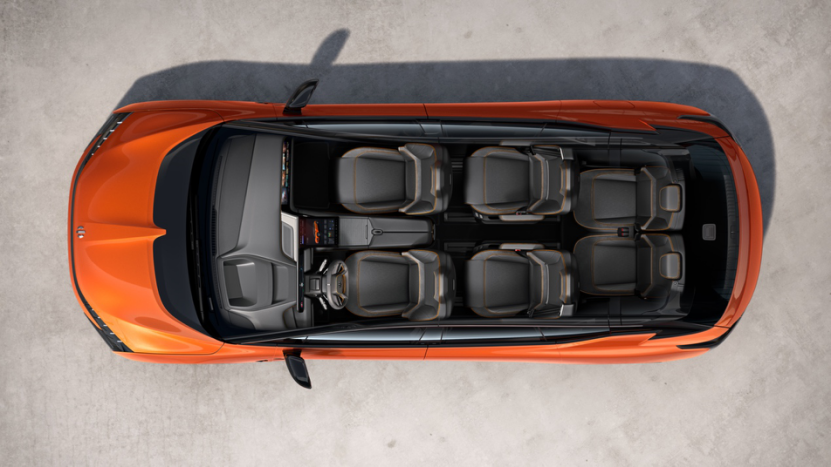
In other words, more customers who would like to buy HiPhi X can experience the brand-new definition of future automotive usage scenarios at a more affordable price. After all, “leading” has always been one of the brand beliefs of HiPhi since its establishment.
And Ding Lei’s continuous creation with HiPhi has given the “leading” confidence to be flexible and adaptable. Everyone who buys HiPhi can lead the era together with HiPhi and experience more forward-looking travel scenarios through HiPhi’s “creation”.
More Than HiPhi Loves Creation
Of course, buyers can experience the latest scenarios forever, but where do the criteria for whether these scenarios are needed come from? Obviously, as you may have guessed, it comes from the most popular buzzword today – user co-creation.
“User co-creation” is not a new term. Almost all new car manufacturers today, even new brands derived from traditional car manufacturers, are actively promoting the implementation of this concept, but the direction of promotion varies. For example, co-creating brand logo, car UI, and so on.
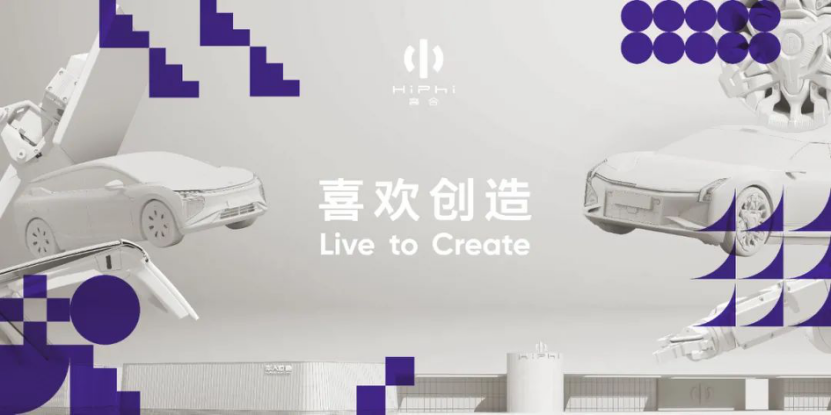
However, how to truly value user feedback and build configurations that are more in line with user needs may belong to more advanced gameplay.
How is this more advanced gameplay realized? In fact, while building products, HiPhi is also simultaneously promoting its connection with users. Through the construction of communities, cloud-based big data analysis of daily driving data, as well as one-on-one service between staff and car owners, HiPhi has gained in-depth understanding of user needs through various channels and modes.
For example, the long-range version of the new HiPhi X was developed based on the needs collected through these channels. In daily use, big data found that most users do not need more powerful driving support when driving at normal speeds. In other words, the initial version of the four-wheel drive cannot be efficiently utilized. Meanwhile, in daily community chat, HiPhi’s staff also found that a significant proportion of users tend to choose longer range instead of more powerful driving.
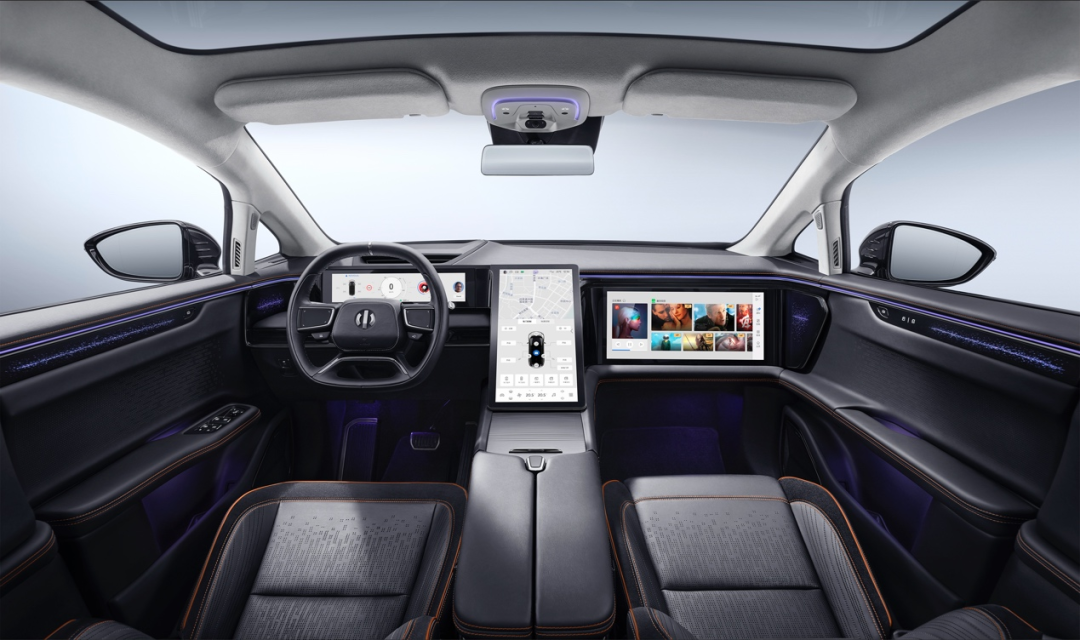
Another example is that during users’ daily use, their wives sitting in the front passenger seat show a stronger demand for screens, which are not present in the front passenger seat.The upgrade of customized fragrances, advanced sound systems and other configurations is not just a matter of updating for the sake of it, but a result of truly collecting users’ needs and desires for these usage scenarios.
At the same time, the relationship between users and HiPhi is not just a simple “supply-demand” relationship of providing data and needs. More often, HiPhi even encourages users to join the “Love to Create” camp together.
HiPhi users can use the car interface and the mobile app to realize visual programming for all of HiPhi’s electronic components and in-car software services. If you think this is just a user entertainment feature that HiPhi offers, then you may need to broaden your horizon.
Take HiPhi Play as an example. Since its launch, it has been downloaded and shared more than 60,000 times. In actual use, more than 72% of HiPhi users are using scene cards, with cumulative usage time exceeding 6,169 hours and up to 65 times usage frequency for a single scene card in one day. Among them, 12.5% of users are personally involved in programming and design, sharing with other car enthusiasts.
This is obviously a huge change in the relationship between enterprises and users. For HiPhi, users are no longer just the basis and source for creating based on their needs. More often, they are creators themselves.
In a larger sense, this change promotes the increased correlation between enterprises and users. Users’ needs are taken seriously, increasing their stickiness to HiPhi. At the enterprise level, it truly achieves more efficient communication with the luxury electric vehicle consumers in this sector of China, so as to further strengthen the brand image in the minds of this consumer group, by understanding their demands for scenes and configurations.
Clearly, if scenes define cars, finding real needs to define scenes is where HiPhi goes further. It is also the deeper meaning of Liangting Li’s statement, “loving to create” – not only HiPhi but also the users.
Now, let’s take a look at why HiPhi can stand firm in the luxury electric vehicle market above RMB 500,000 and take the lead? It all comes down to: the pursuit of ever-updating technology, always providing more fitting usage scenarios, and listening to consumers’ needs.
That’s all, but it’s not easy to achieve.
This article is a translation by ChatGPT of a Chinese report from 42HOW. If you have any questions about it, please email bd@42how.com.
